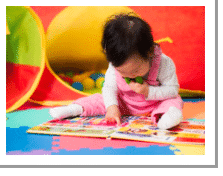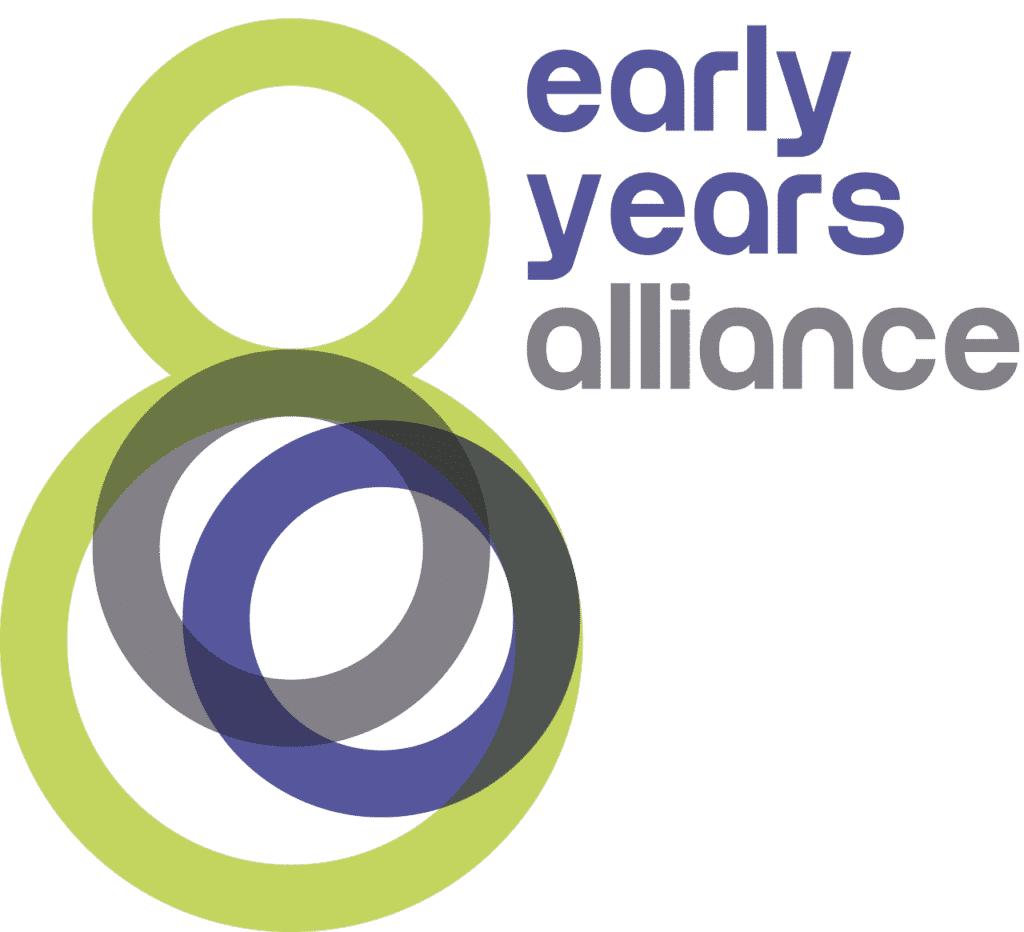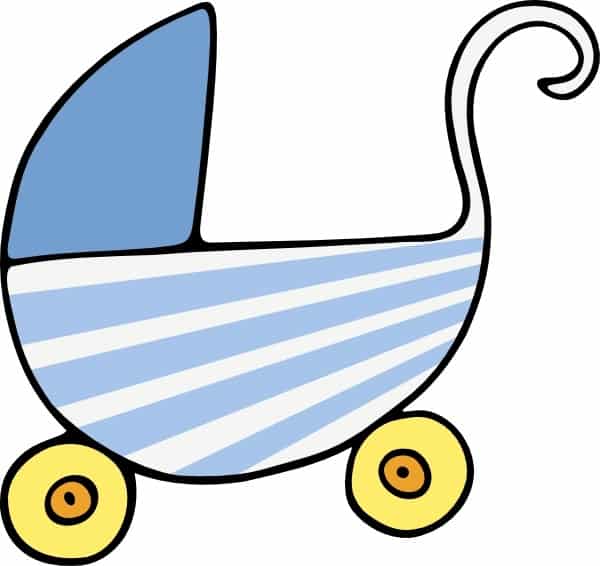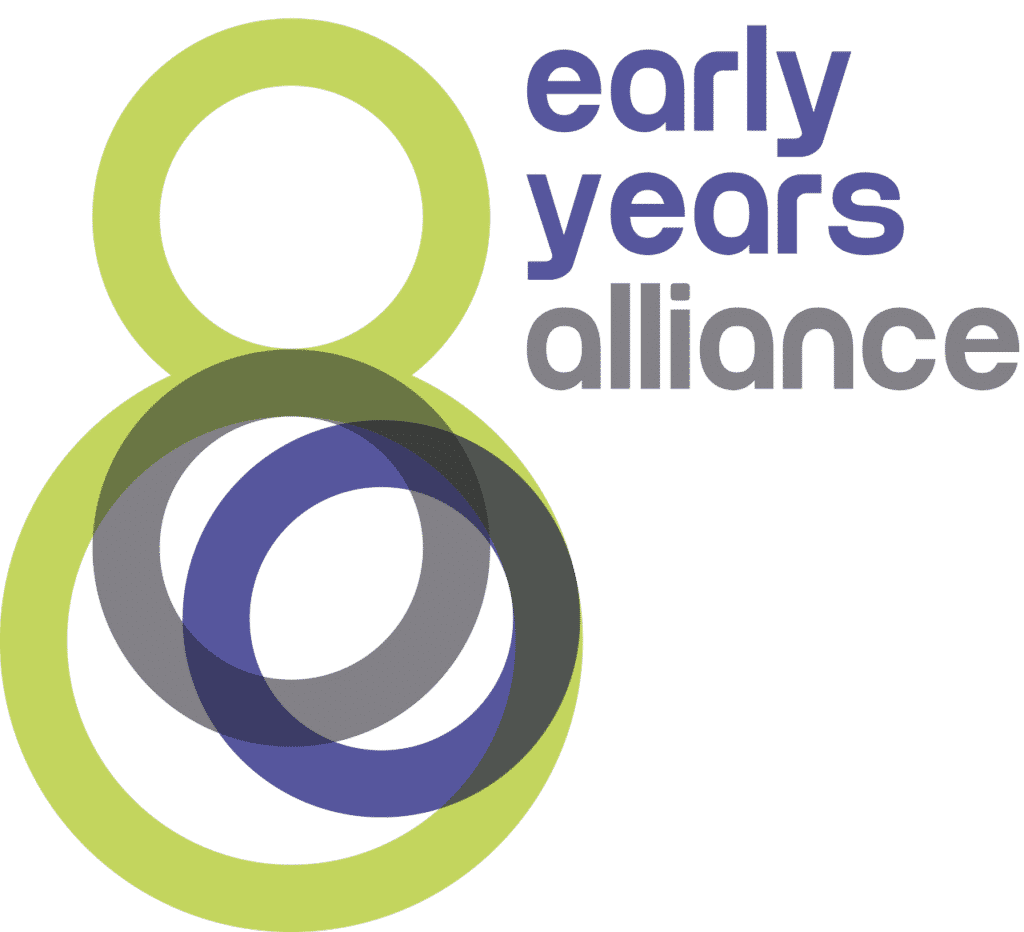Which way should a buggy face?
Parents’ frequently asked questions
Does it matter which way my pushchair faces?

Why is it better for my baby to be facing me?
Research¹ has shown that if the baby is facing you, you are twice as likely to talk as when your baby is facing away from you. Furthermore, when adults talk, babies communicate too. If you are face-to-face with your baby as you go out and about, you will have the opportunity to make eye contact and talk to your baby, offering quality stimulation and instant reassurance.
Isn’t it a bit early to be talking if the baby can’t talk back?
Most brain development occurs between birth and age two, so that is when babies and toddlers need the benefit of a language-rich start to life. Language is the key to learning. Children’s early communication skills are regarded as the single best predictor of future cognitive skills and school performance. In addition, the ability to communicate is the basis of social and emotional wellbeing. In our experimental study¹, half of the 20 babies laughed in the face-to-face buggy, but only one laughed while facing away.
Why is a literacy organisation interested in pushchairs?

If it’s so important, why do most pushchairs face forwards?
The prams we used to use, where the babies and young children were face-to-face with their pusher, high up off the ground, got replaced in the mid-1960s when aircraft engineer Owen Maclaren designed the collapsible lightweight stroller. The outward orientation came to predominate, due to engineering constraints. If your pushchair faces forward, make sure there are other good communication opportunities throughout the day for one-to-one conversations which allow your young child to babble and respond – perhaps by sharing books, singing songs and playing together.
As my baby grows, won’t he want to see the world?
The world as described by a parent or carer is a much more interesting (and less frightening) place than unknown, fast-moving scenes whizzing by without any interpretation. If you have a two-way facing pushchair you should use the sociable face-to-face option as standard right up until walking has taken over as the main form of transport, using the facing-out mode for such things as trips to the city farm and zoo.
¹ What’s life in a baby buggy like? The impact of buggy orientation on parent-infant interaction and infant stress, Dr. M. Suzanne Zeedyk, November 2008; Download this report from
http://www.literacytrust.org.uk/talktoyourbaby/pushchairs_research.html.



